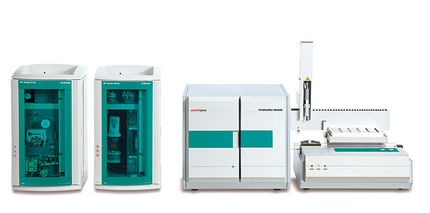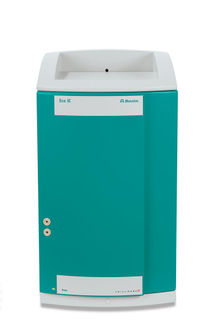To use all functions of this page, please activate cookies in your browser.
my.chemeurope.com
With an accout for my.chemeurope.com you can always see everything at a glance – and you can configure your own website and individual newsletter.
- My watch list
- My saved searches
- My saved topics
- My newsletter
Bastnäsite
The mineral bastnäsite is one of a family of three carbonate-fluoride minerals. There is bastnäsite-(Ce) with a formula of (Ce, La)CO3F. There is bastnäsite-(La) with a formula of (La, Ce)CO3F. There is also bastnäsite-(Y) with a formula of (Y, Ce)CO3F. Most bastnäsite is bastnäsite-(Ce), and cerium is by far the most common of the rare earths in this class of minerals. Bastnäsite and the phosphate mineral monazite are the two largest sources of cerium and other rare earth elements. Product highlightBastnäsite was first described in 1841 from and named for the Bastnas Mine in the Riddarhyttan district, Vastermanland, Sweden.[2] Bastnäsite occurs in alkali granite and syenite and in associated pegmatites. It also occurs in carbonatites and in associated fenites and other metasomatites.[1][4] References
Categories: Lanthanide minerals | Carbonate minerals | Halide minerals |
||||||||||||||||||||||||||||||||||||||||||
| This article is licensed under the GNU Free Documentation License. It uses material from the Wikipedia article "Bastnäsite". A list of authors is available in Wikipedia. | ||||||||||||||||||||||||||||||||||||||||||







